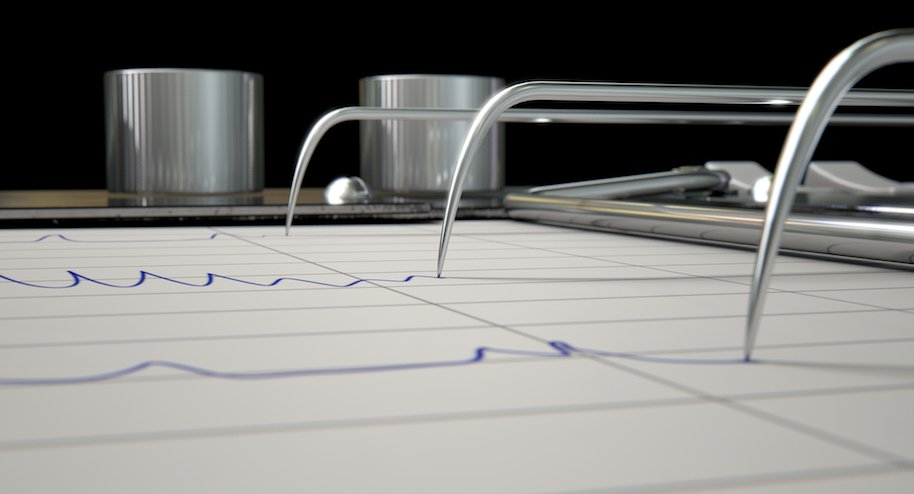Modern technology. Photo: Liderina (Getty)
Body language is universal, so it would make sense to teach robots yet another skill they would inevitably be better than humans. Hence, AVATAR (or the Automated Virtual Agent for Truth Assessments in Real-Time) was born …about six years ago.
Since then, the kiosk designed to detect deception through a series of questions has been used at the U.S.-Mexico border on volunteer travelers only. Canada and the European Union have both followed suit in the hopes of eventually using such A.I technology to provide initial screening of refugees and asylum seekers at busy border crossings, such as the one on the U.S.-Mexico border just this past April. Unfortunately, the U.S.-Mexico border trials of the kiosks only took place in Nogales, Arizona so far, focusing primarily on low-risk travelers.
Also: Hospital-Bound Student Receives Diploma At Graduation Using Robot
The technology (originally funded by the U.S. Department of Homeland Security) is said to be even more accurate than any human with deception training, according to Aaron Elkins, one of the developers of the system. It does so by combining A.I with various sensors and biometrics to flag those who are potential risks based on eye movement, change in voice, posture and facial gestures. He clocks the kiosks at around a 60 to 75 percent success rate (sometimes up to 80), while “the accuracy of humans as judges is about 54 to 60 percent at the most.”

While the tech seems to be there and waiting, at least one anonymous Homeland Security official stated it “was envisioned by researchers to assist human screeners by flagging people exhibiting suspicious or anomalous behavior.” Apparently, while the concept of a machine doing the grunt work was initially appealing, the research didn’t mature fast enough to begin implementing it on a widespread scale. Until that happens, Elkins predicts the kiosks could one day be used at security checkpoints “to make the screening process faster but also to improve the accuracy,” but not until they were properly acquired and reconfigured to do so.









